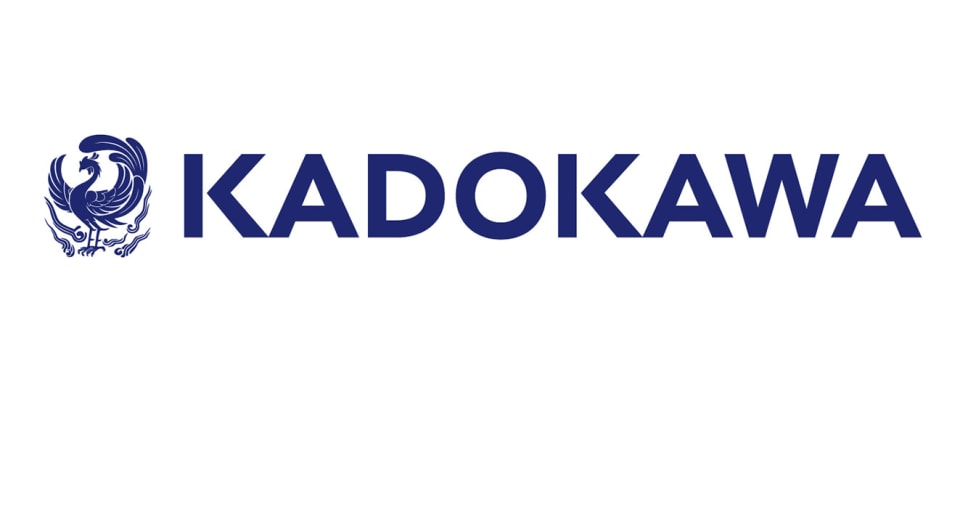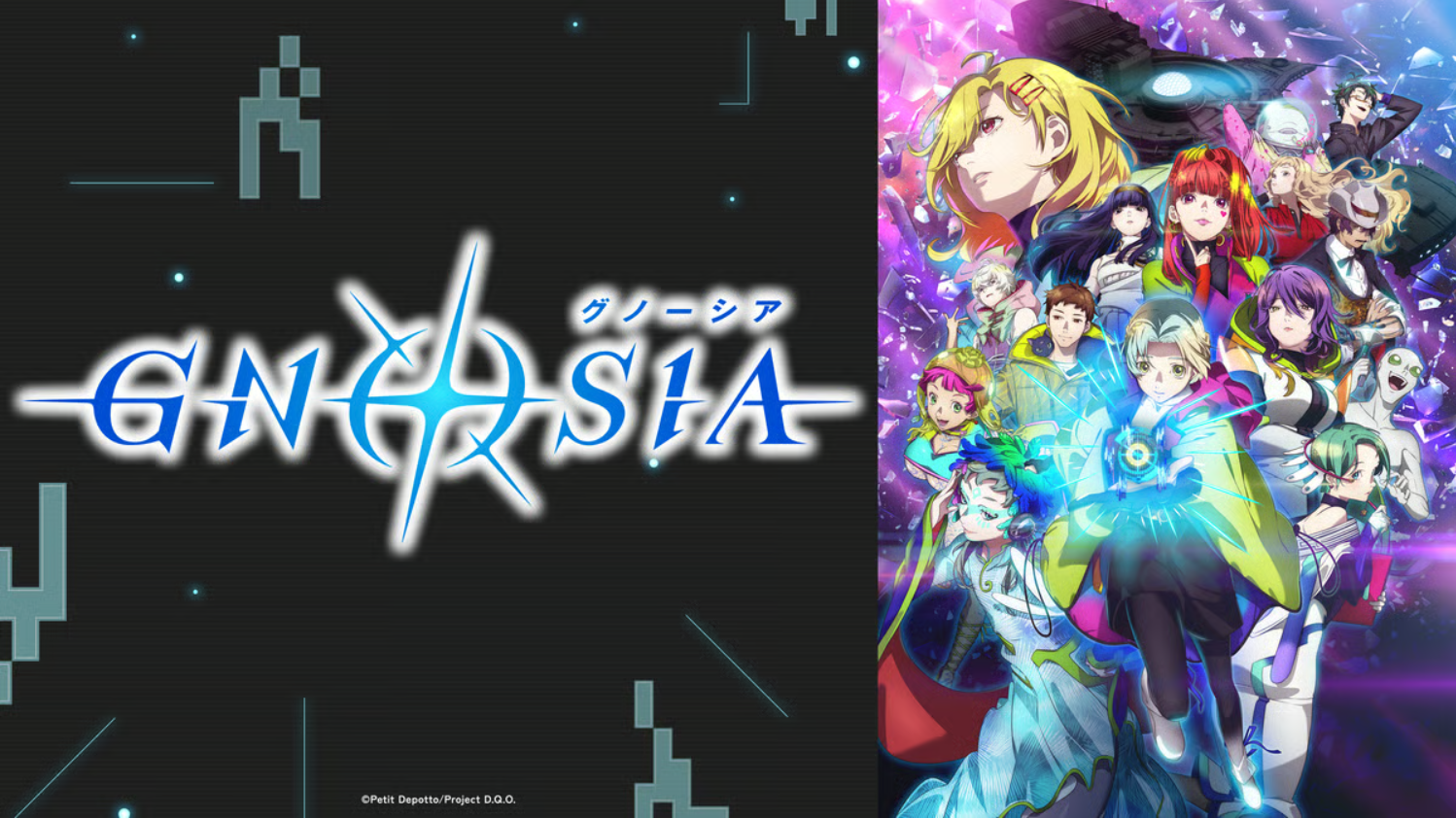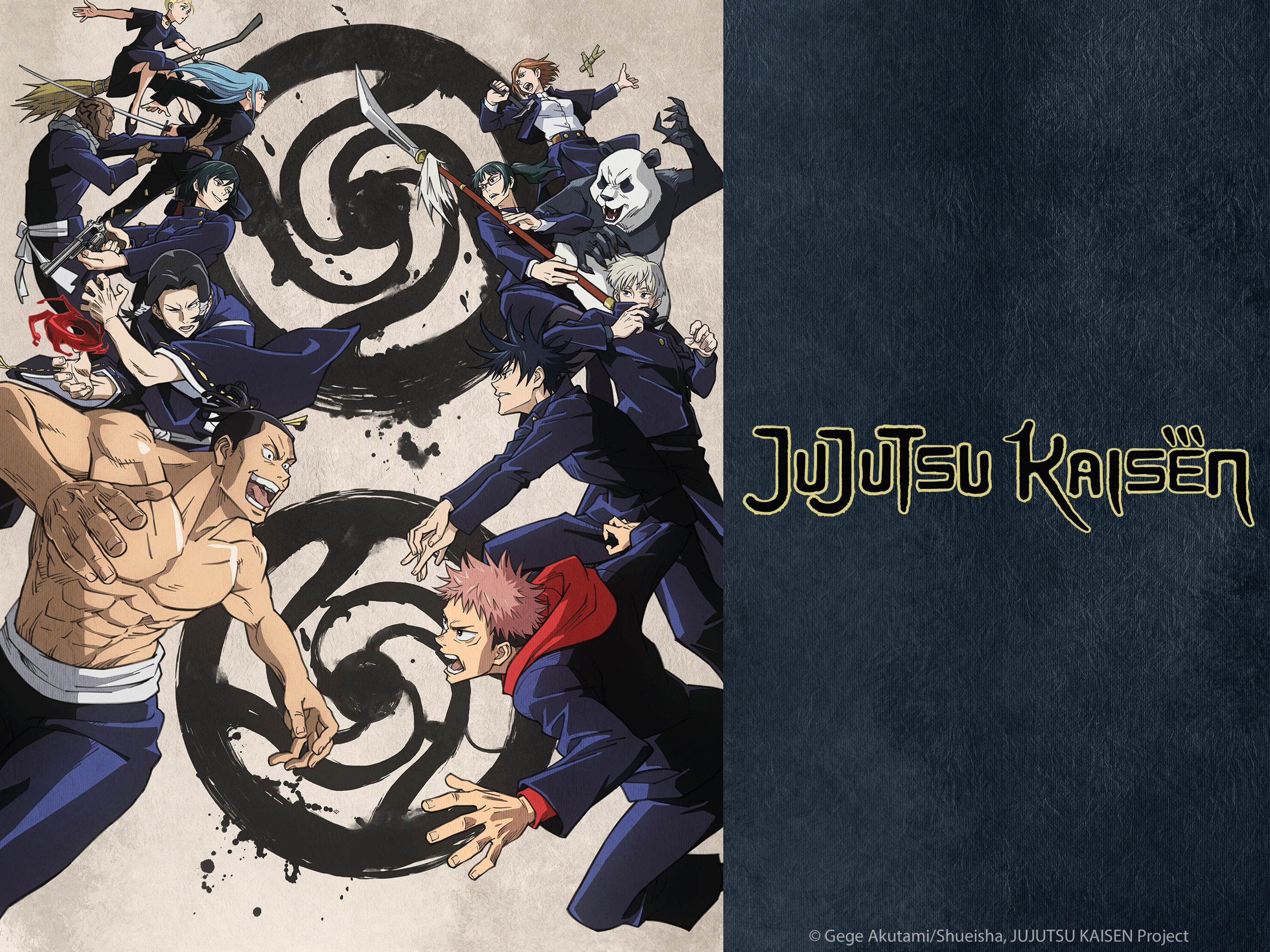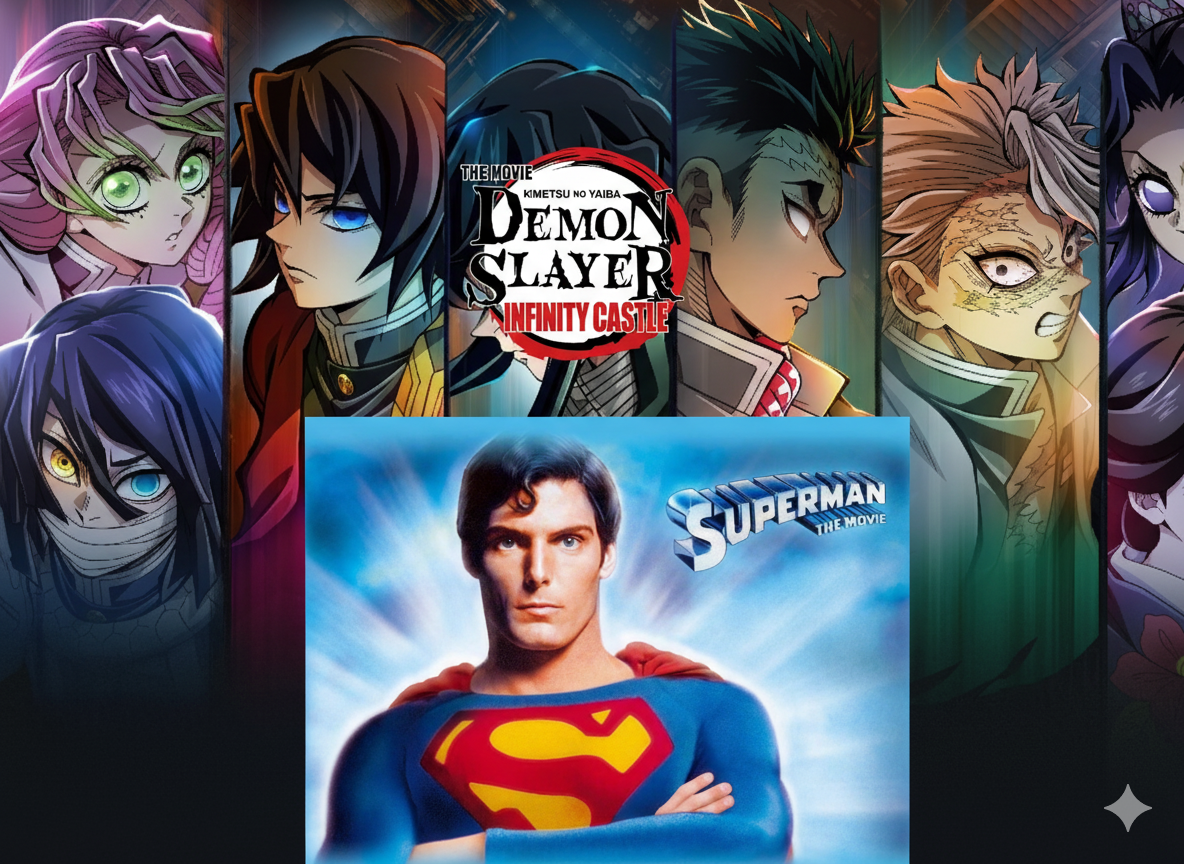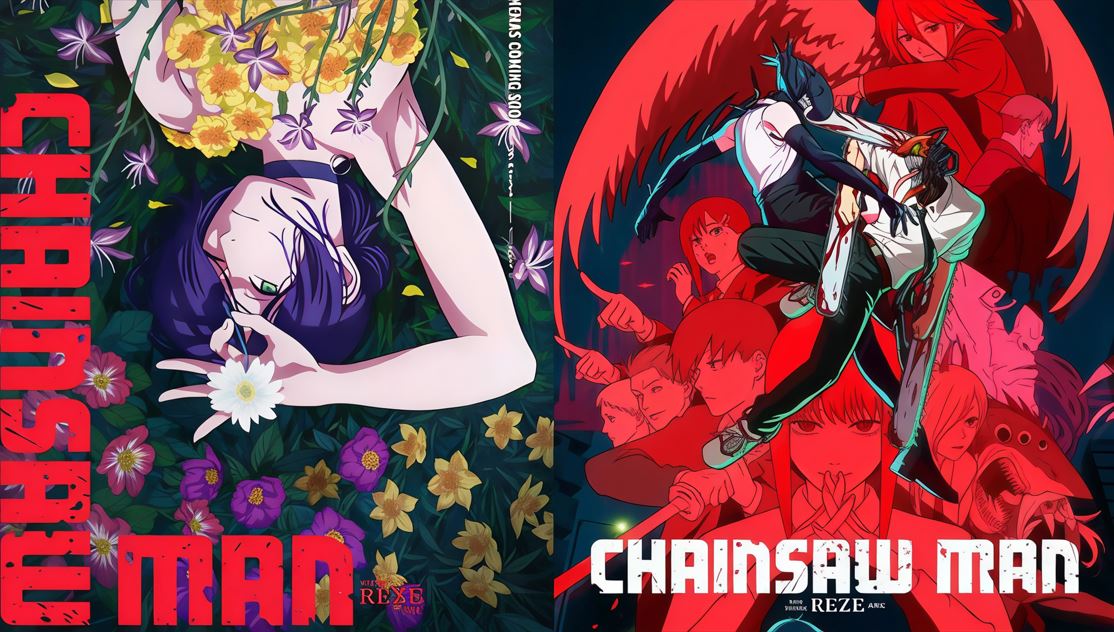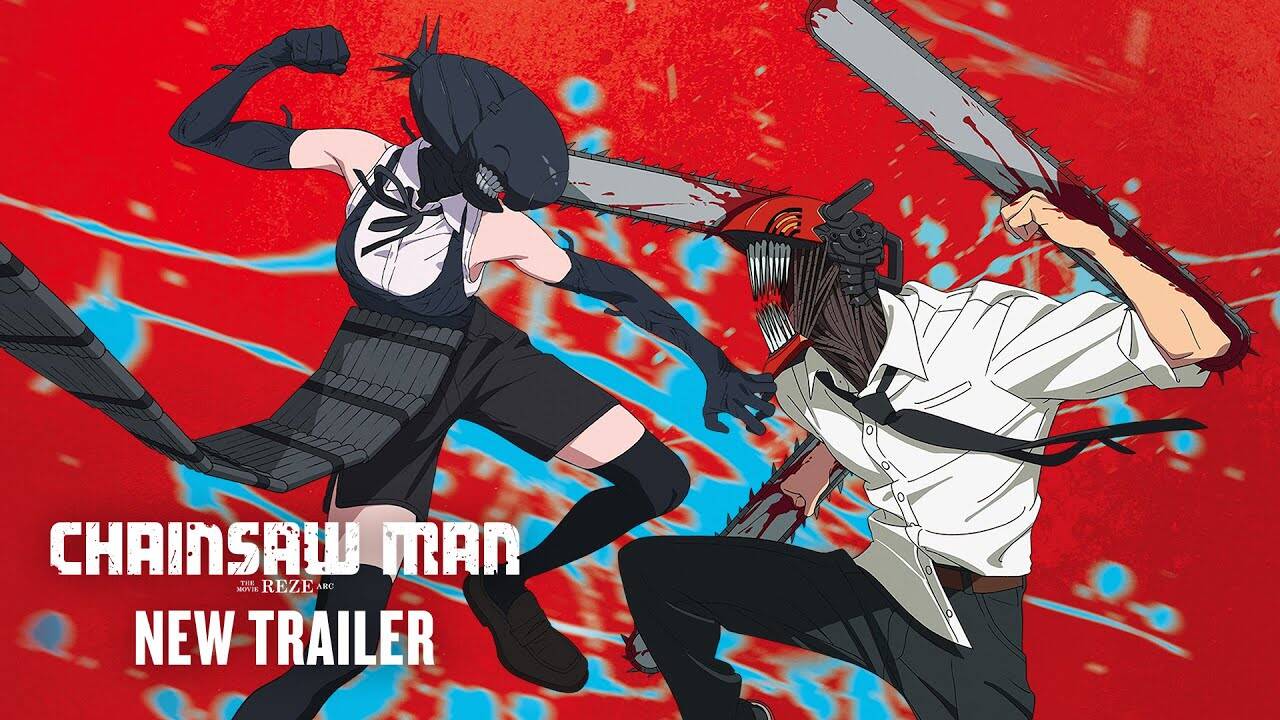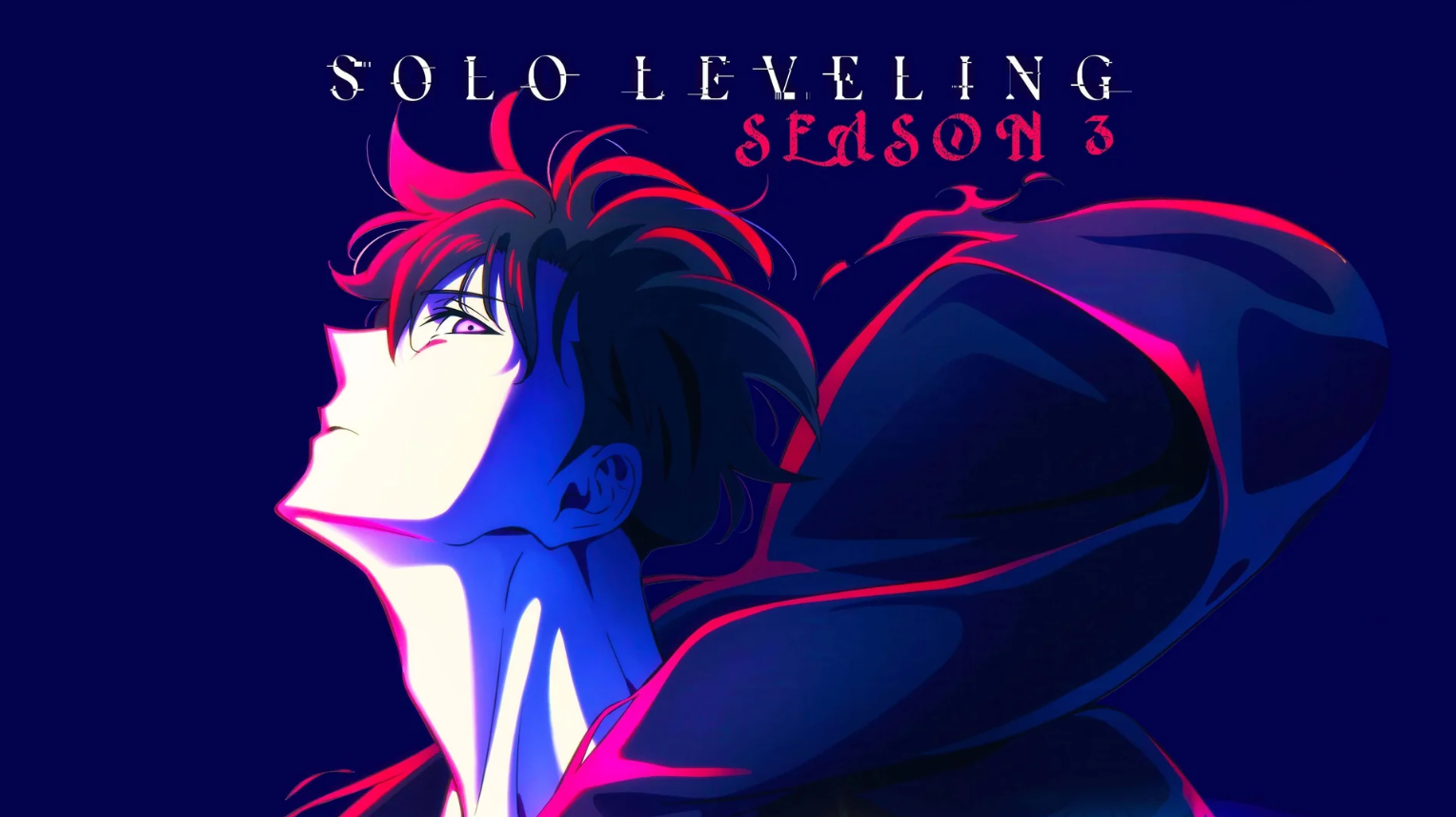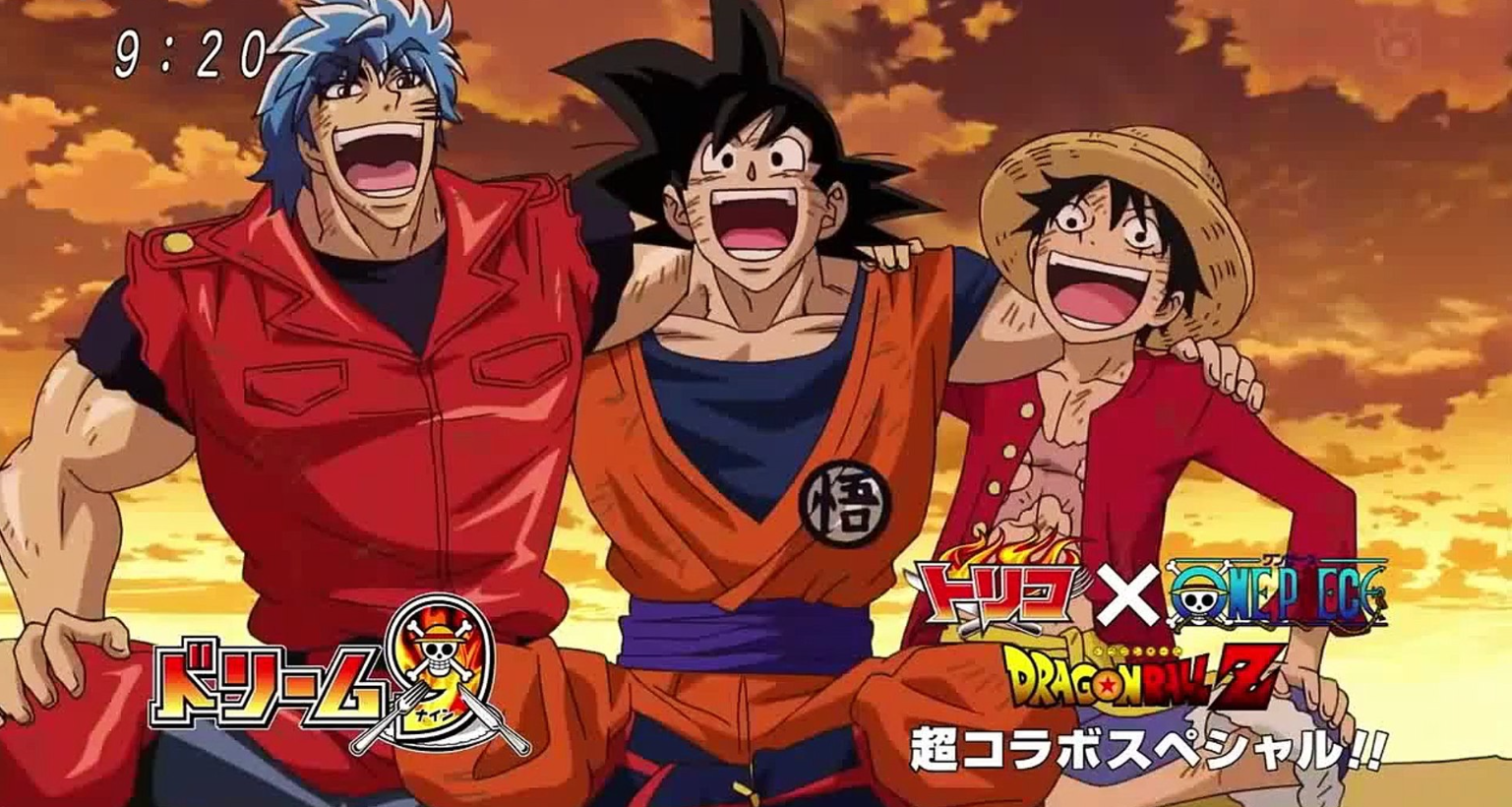In a public statement that could set the tone for the future of anime production, former KADOKAWA chairman Tsuguhiko Kadokawa offered a bold prediction. Speaking at a press conference for the newly announced Japan China International Animation Film Festival set to take place in 2026, he emphasized that the next evolution of Japanese content will be led by two forces: short form anime and generative AI. His remarks have sparked industry wide discussions, especially as Japan finds itself in a rapidly shifting content landscape, where audience attention spans are shrinking and production timelines are being compressed.
Although Tsuguhiko no longer holds any formal position within KADOKAWA after stepping down in 2022 following a legal controversy, his voice still carries influence. Currently the honorary chairman of the KADOKAWA Culture Promotion Foundation, he used the platform to urge Japan to view China not as competition but as a partner in innovation. He stated that both countries should grow in mutual respect, especially as the boundaries between traditional and experimental animation continue to blur.
While many within the anime community still equate anime with long form series or theatrical films, Tsuguhiko pointed to a growing reality. Short anime, often just a few minutes in length, is no longer a fringe format. Platforms like YouTube and TikTok are filled with successful short anime content that caters to younger viewers and mobile first audiences. This format allows for quicker turnarounds, broader experimentation, and the creation of intellectual property that can easily be monetized through licensing and merchandising.
The most prominent example of this shift is the company Plott, which has amassed over 12 million subscribers and more than 13 billion views across its short anime content. Plott is developing its own distribution app and aims to become the definitive hub for short anime content, an ambition akin to becoming the Crunchyroll of this new storytelling style. Interestingly, even Crunchyroll CEO Rahul Purini has acknowledged the shift, noting that younger viewers increasingly prefer shorter, punchier content over the traditional 24 minute episode format.
The trend is not limited to newcomers. Seasoned industry professionals are also making the pivot. Masayuki Ozaki, the former head of Bandai Namco Pictures, recently founded Creadom8, a studio that will focus exclusively on short form anime and character driven content. Bandai Namco itself has begun adapting older properties into short anime formats, like the revival of Mashin Hero Wataru, using bite sized episodes to draw attention back to its franchise and toy line.
KADOKAWA too has embraced the model. Through its Creator Support Program, the company is actively encouraging derivative content and monetization based on its IPs. The short anime series Himari and Bear, originally launched on YouTube, even earned a manga adaptation, flipping the traditional production model. Other major publishers like Toho Animation are experimenting with side story shorts, as seen in their Apothecary Diaries episodes that expand on unanimated parts of the original novel.
Perhaps the most compelling sign of the rise of short anime is its growing role in plot expansion. Some of the short content includes crucial story elements not covered in main anime releases. Re:ZERO's spin off short revealed major backstory details that were never shown in the core series, giving fans deeper insight and renewed interest in the universe. These episodes, often ignored by casual viewers, now contain canonical details that reward the more dedicated fanbase.

Tsuguhiko’s comments also touched on generative AI, which is becoming more common behind the scenes in Japanese studios. AI is already being used for tasks like in between animation, coloring, and background generation. This technology not only speeds up production but also cuts costs and enables studios to experiment more freely with visuals and formats. When paired with short anime production, it opens the door to creating vast amounts of content without the same resource demands as traditional series.
What is becoming clearer is that Japan’s anime industry is evolving, not just creatively but structurally. The old model of manga to anime to merchandise is giving way to new pipelines. Short anime can now spawn manga adaptations, lead merchandise campaigns, and bring fresh revenue through digital monetization strategies. With platforms changing and attention spans shrinking, short anime appears not as a trend but a fundamental shift in how stories will be told.
The road ahead may be unconventional, but with cultural icons, studio veterans, and tech driven newcomers on board, it is also filled with new possibilities. If Tsuguhiko’s predictions are accurate, the future of anime will not only be smarter but shorter, more accessible, and creatively unbound.
For more updates on the future of anime and everything that is shaping the industry, follow Anime Insider on Instagram and Facebook.



